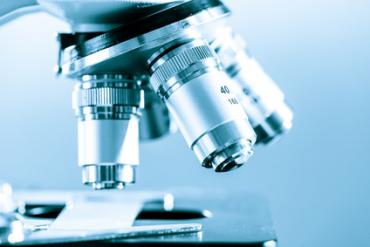The Quito project focused on the development of a new system for the dynamic non-invasive 3D imaging of living matter. This system – a complete breakthrough compared to previous tomography techniques in terms of its operational simplicity and cost – was developed in several phases, starting from a wave front analysis technique invented in the field of optical astronomy, followed by a partnership with the company Phasics (that markets the wave front analysers for applictions in scientific metrology) and the Marseille Institute Fresnel focused on applications in cellular micrscopy.
The project led to the development of an optical module that can be connected to a microscope, allowing:
– improved contrast (replacing contrasting products such as color staining) and in-depth imaging of the interior of cells, which no existing system can achieve. The applications will include the detection and counting of cancer cells and the evolution of nerve cells in neurogenerative diseases (e.g. Alzheimer),
– in situ quality control of the surfaces of materials at much faster rates than the profilometers currently in use in industry.
The project consortium was made up of two SMEs, Phasics (project leader) and Silios Technologies and two laboratories, CIML and Institut Fresnel.
The project, with a total budget of 1.7 m euros and a duration of 36 months, received funding under the joint ministerial fund call for projects (FUI8), with additional regional authority funding.

